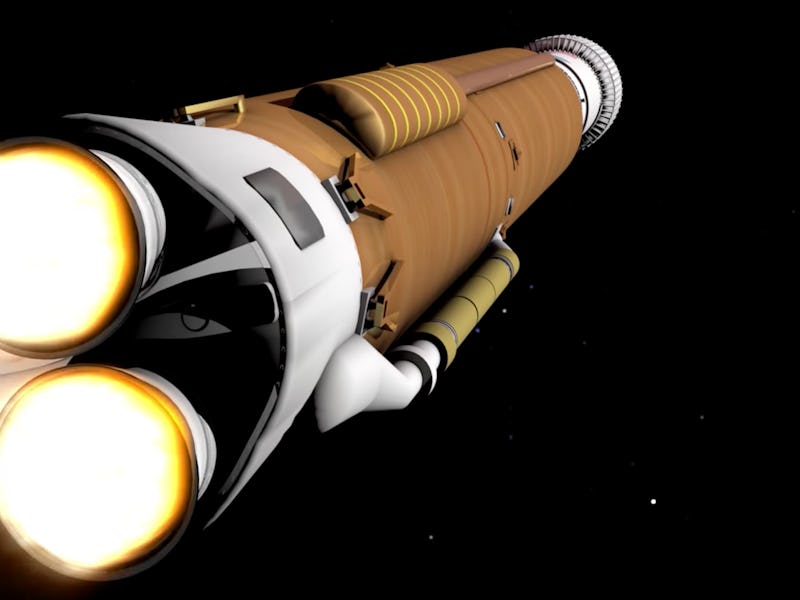Watch a Seven-Year Asteroid Mission in Four Minutes

NASA’s OSIRIS-REx spacecraft is about to launch to study the asteroid Bennu — and bring a sample back to Earth — and you can watch the whole thing happen in four minutes.
OSIRIS-REx’s launch window from Cape Canaveral, Florida opens on September 8, and NASA’s Goddard Space Flight Center put together an extremely rad video depicting what that launch and subsequent mission will look like. The short film, which is more fun to watch than a number of recent efforts from DC Comics, shows each phase of the upcoming mission in digital detail.
OSIRIS-Rex will break free of Earth’s gravitational field traveling 25,000 miles per hour. If all goes according to plan, it should arrive at Bennu just under two years later, in August 2018. The spacecraft will then fall into orbit and begin to study and map the asteroid’s surface.
Following four successive phases of observation, OSIRIS-REx will then attempt to collect a sample in July 2020. It will lower itself toward the surface at a rate of less than one-quarter mile per hour — but not actually land. Rather, the spacecraft will employ a “touch and go” method of collection, grazing the surface with a robotic arm that then blows high-pressure nitrogen gas into the surface. This dislodges loose asteroid debris, which the head of the device then collects. This is the sample that OSIRIS-REx will then stow and bring back to Earth.
The spacecraft’s departure window from Bennu opens in March 2021. And on September 24, 2023, it’s scheduled to jettison the heat shield protected capsule into Earth’s atmosphere.
A successful mission would provide scientists with the unprecedented opportunity to use the Bennu sample to study the origins of life in the universe. It’s a chance to find out whether or not the building blocks we associate with organic life exist on an asteroid billions of years old, and potentially study materials that we’d never otherwise have the chance to, as they wouldn’t survive impact with Earth.